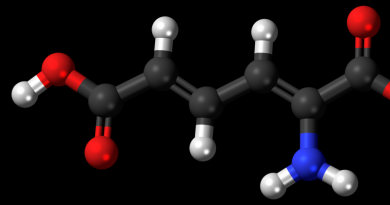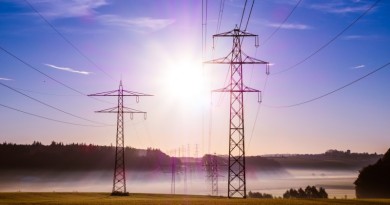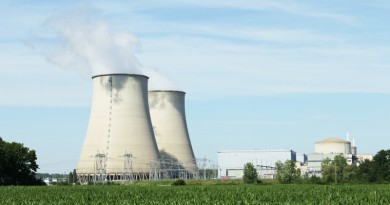Nuclear technology
Nuclear energy technology does not have to be developed before wide usage because it is very well developed and available to most countries. The first nuclear power plant built for civil purposes was launched on June 27, 1954 in the Soviet Union. It produced around 5 MW. So, we have more than 50 years of experience in producing electricity from nuclear energy, and only one major accident with this technology – Chernobyl.
Each year up to 50,000 Americans die from respiratory diseases due to the burning of coal, and 300 are directly killed in mining and transportation accidents. No Americans have died or been seriously injured because of a reactor accident or radiation exposure from American nuclear power plants. Small accident rate is because there are number of various active and passive safety measures that must be implemented in nuclear power plants, leaving virtually no space for large scale disaster like Chernobyl. US Nuclear Regulatory Commission (NRC) studies confirmed that the likelihood of both damaging the reactor core and releasing radioactivity that could affect public health and safety is low even in case of attacks by large airliners fully loaded with fuel.
Using nuclear technology, it is possible to generate a very high amount of electrical energy in one power station. Japan’s nuclear power plant Kashiwazaki with seven nuclear reactors and capacity of 8,212 MW is the largest nuclear power plant in the world, according to Guinness World Records. This amount of power is enough to cover energy needs of 16 million households. Largest onshore wind turbines have capacity of 1.5 MW, and that is enough to cover energy needs of only 1,000 households because wind energy production depends on winds. So, Kashiwazaki nuclear power plant is equivalent to 16,000 largest available wind turbines. Largest US nuclear power plant is Paolo Verde 2 with maximum dependable capacity of 1,335 MW.
Nuclear energy is sustainable. Most nuclear power plants use uranium as the main fuel. Uranium is highly available ore, can be mined and distributed in cost-effective way. With mining costs up to US $80 per kilogram proven reserves are about two million tonnes. With mining costs up to US $130 per kilogram proven reserves increases for additional three million tonnes.
The uranium resources are estimated to more than 35 million tonnes. Based on the 2004 nuclear electricity generation rate, 4.7 million tonnes of uranium is sufficient for 85 years. Emerging fast reactor technology would lengthen this period to over 2,500 years. Studies based on proven oil reserves, and the rate of oil consumption in the 1970s stated that we only had ~20-30 years of oil reserves left. From that we can assume that actual uranium reserves are much higher than mentioned 35 million tonnes. If we include uranium in seawater and in the earth’s crust, supplies are practically limitless.



